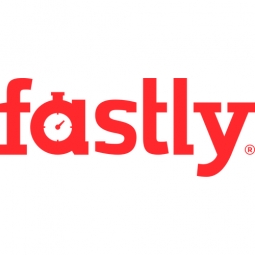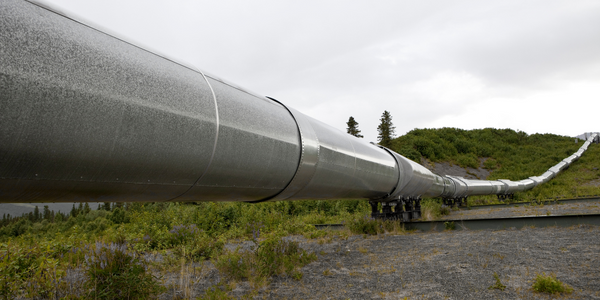Technology Category
- Analytics & Modeling - Real Time Analytics
- Sensors - Camera / Video Systems
Applicable Industries
- Oil & Gas
- Transportation
Applicable Functions
- Logistics & Transportation
- Quality Assurance
Use Cases
- Traffic Monitoring
- Transportation Simulation
Services
- Testing & Certification
About The Customer
Bell Media is Canada's leading content creation company, delivering media to over 22 million customer connections within more than 8 million Canadian households. The company is responsible for sourcing, transcoding, and delivering content to all Canadians, ensuring a consistently smooth and high-quality user experience. As their customer base continues to expand, Bell Media faces the challenge of managing high traffic spikes for video delivery without compromising the quality of their content. The company's video delivery pipeline team is tasked with ensuring that traffic spikes do not affect the quality of the content delivered to their customers.
The Challenge
Bell Media, Canada's leading content creation company, was facing a significant challenge in managing traffic spikes and maintaining the quality of their content delivery. The company delivers media to over 22 million customer connections within more than 8 million Canadian households. As their customer base continued to expand, they began to experience very high traffic spikes for video delivery. These traffic spikes posed a risk of causing slowdowns and server failures, which could compromise the quality of the content delivered to Bell Media customers. The video delivery pipeline team, responsible for sourcing, transcoding, and delivering content to all Canadians, needed a solution that could handle their growing capacity needs and ensure a flawless experience for customers under any circumstances.
The Solution
Bell Media turned to Fastly, a cloud computing services provider, to address their growing capacity needs. Fastly's solution allowed Bell Media to control how they direct their traffic to different sites, enabling them to balance and optimize network availability at each site. They could divert traffic between public and private CDN nodes to maintain a portion of traffic on each. Bell Media also used the programmatic edge at Fastly using VCL, allowing them to expand the capacity of their network and manage traffic for their origin servers. Fastly's VCL at the edge also gave developers the freedom to make improvements and quickly roll back any changes if needed, ensuring no negative impact on customers. Additionally, Fastly's streaming logs provided essential information for identifying and solving problems, enabling Bell Media to quickly remediate any issues.
Operational Impact
Quantitative Benefit

Case Study missing?
Start adding your own!
Register with your work email and create a new case study profile for your business.
Related Case Studies.

Case Study
Taking Oil and Gas Exploration to the Next Level
DownUnder GeoSolutions (DUG) wanted to increase computing performance by 5 to 10 times to improve seismic processing. The solution must build on current architecture software investments without sacrificing existing software and scale computing without scaling IT infrastructure costs.

Case Study
Remote Wellhead Monitoring
Each wellhead was equipped with various sensors and meters that needed to be monitored and controlled from a central HMI, often miles away from the assets in the field. Redundant solar and wind generators were installed at each wellhead to support the electrical needs of the pumpstations, temperature meters, cameras, and cellular modules. In addition to asset management and remote control capabilities, data logging for remote surveillance and alarm notifications was a key demand from the customer. Terra Ferma’s solution needed to be power efficient, reliable, and capable of supporting high-bandwidth data-feeds. They needed a multi-link cellular connection to a central server that sustained reliable and redundant monitoring and control of flow meters, temperature sensors, power supply, and event-logging; including video and image files. This open-standard network needed to interface with the existing SCADA and proprietary network management software.

Case Study
Refinery Saves Over $700,000 with Smart Wireless
One of the largest petroleum refineries in the world is equipped to refine various types of crude oil and manufacture various grades of fuel from motor gasoline to Aviation Turbine Fuel. Due to wear and tear, eight hydrogen valves in each refinery were leaking, and each cost $1800 per ton of hydrogen vented. The plant also had leakage on nearly 30 flare control hydrocarbon valves. The refinery wanted a continuous, online monitoring system that could catch leaks early, minimize hydrogen and hydrocarbon production losses, and improve safety for maintenance.

Case Study
Airport SCADA Systems Improve Service Levels
Modern airports are one of the busiest environments on Earth and rely on process automation equipment to ensure service operators achieve their KPIs. Increasingly airport SCADA systems are being used to control all aspects of the operation and associated facilities. This is because unplanned system downtime can cost dearly, both in terms of reduced revenues and the associated loss of customer satisfaction due to inevitable travel inconvenience and disruption.

Case Study
IoT-based Fleet Intelligence Innovation
Speed to market is precious for DRVR, a rapidly growing start-up company. With a business model dependent on reliable mobile data, managers were spending their lives trying to negotiate data roaming deals with mobile network operators in different countries. And, even then, service quality was a constant concern.








